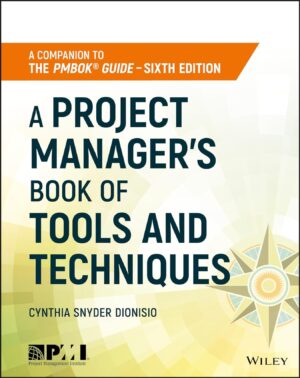Major Projects are Delayed by Months or Years, and Cost Millions More Than Budgeted, Because of Common Mistakes Made at the Contracting Stage
Organizations that invest huge amounts of capital in major building/industrial projects almost never do the engineering and building themselves. They hire engineering and construction contractors to do it for them. Unfortunately, selecting contractors and negotiating the terms of a major project is one of the most difficult aspects of project management…and organizations waste billions of dollars and “bake in” months or years of delay by doing it wrong. Contracting is also the area of project management that is most prone to firmly held opinions unencumbered by any facts. We intend to remedy that situation with this book. Drawing on a properietary detailed database of over 1100 major projects, the world’s leading industrial engineering project consultant, Ed Merrow explains:
Key Principles of Contracting for Major Projects:
- Owners are from Mars; contractors are from Venus
- All the biggest risks in contracting belong to the owner
- Contracting “games” will normally be won by contractors, not owners
- Most risk transfer from owners to contractors is an illusion
- Contractors do good projects well and bad projects poorly
- Contractors may have shareholders, but they are not your shareholders!
- Mixing different contract types with different contractors on the same project is unwise
- Economize on the need for trust; trust only when being trustworthy has value
Merrow also explains:
- Which contract incentives work and which don’t and WHY
- Which of over a dozen contracting strategies work best and which ones hardly ever work and WHY
The strategic advice in this book is designed for owners and contractor project managers, team members and supply chain, executives, and other business leaders involved in major projects. It’s also an indispensable resource for engineers, leaders of industrial firms, bankers, and academics studying the messy realities of the construction and engineering industries.












I recommend it for anyone working on major industrial projects; it’s a good companion to his leadership and Industrial Megaprojects texts (“major” in this case is about $15 million and up). Those in non-industrial sectors will benefit as well. My specialties are estimating, risk and project control and it offered a lot of useful information for anyone in those practice areas. For those in risk for example, he stresses the importance of risk allocation, but not in the simple-minded (and often wrong-headed) way that most approach it. Those in cost estimating will appreciate the discussion of estimate bias and challenge of validation as well as business’s common fixation on strategies that reduce overruns with little regard for how much that costs. Project controls and planning/schedulers will gain insights to their practice areas as well. But the main audience is likely business, project and procurement managers; there is a lot about their respective roles.
The book introduction notes that two goals of the book were to bring facts to the discussion and insights as to why different strategies produce different outcomes; goals supported by IPA’s empirically-based benchmarking. A third goal was to share “what works and what does not” for reforming the “sorry state” of owner/contractor relationships (increasingly transactional). The intro also sets the context of elements of contracting strategy. It goes from there to share “10 principles of contracting”; if a strategy violates a principle, it is unlikely to succeed. If you read nothing else, check those out.
After that, the book describes the various contracting strategies and begins dissecting them from different perspectives with an eye on why they behave the way they do; why they work or don’t work in various situations. I don’t think it’s a spoiler to share that the book stresses that project fundamentals rule (e.g., FEL, teams, etc.) As the book title points out, contract strategy is difficult-there is no magic bullet; what many are doing is often wrong for various reasons and this guide should help. The acronyms for the strategies can be a bit confusing at first, but soon become familiar. In most chapters, research-based practices are recommended such as about the hows and whys of pre-qualification, risk allocation, incentives, and so on. The book closes with a nice summary of suggestions for owners and contractors on ways to achieve fair, balanced and “smart” strategies.
I could list many of the great facts and suggestions to be found, but I don’t want to spoil the read. While I already knew a fair amount about what IPA research has found, I discovered new tidbits that will influence my own consulting. A good read.